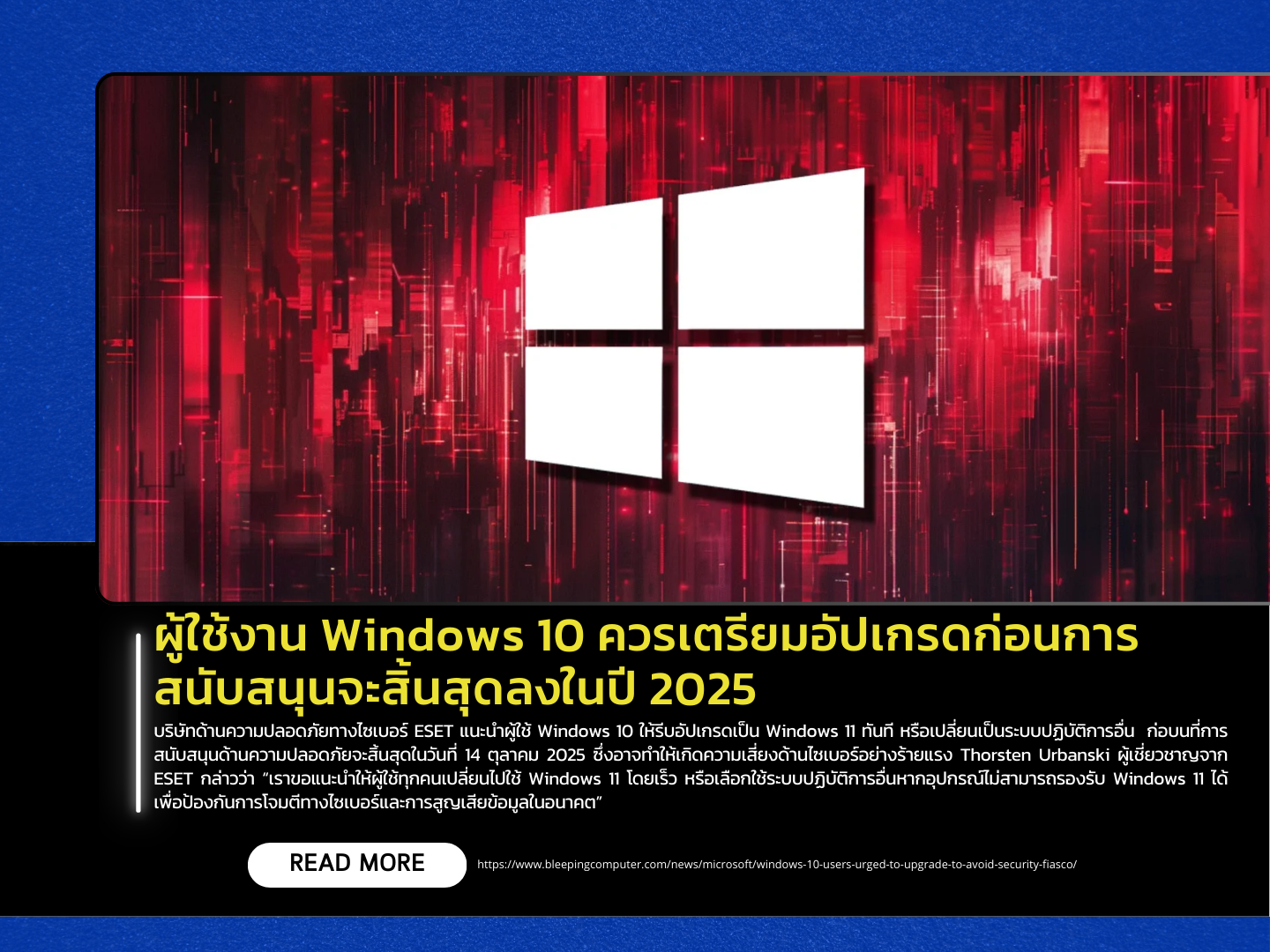07/68 Tuesday, January 7, 2025

Cybersecurity company ESET has advised Windows 10 users to upgrade to Windows 11 immediately or switch to another operating system before security support ends on October 14, 2025, to avoid serious cybersecurity risks.
Thorsten Urbanski, an expert from ESET, stated, “We recommend that all users transition to Windows 11 as soon as possible or choose an alternative operating system if their devices cannot support Windows 11, to prevent future cyberattacks and data loss.” The end of support for Windows 10 means users will no longer receive free security updates unless they purchase Extended Security Updates (ESU), which can become increasingly costly over time.
Windows 10 still holds a significant market share, with over 63% of global computer users compared to Windows 11’s 34%. While Windows 11 is gaining popularity among gamers, with 54.96% of gamers using it by the end of 2024, businesses and regular users remain hesitant to upgrade due to strict hardware requirements—particularly the mandatory Trusted Platform Module (TPM) chip—which many older devices lack despite being otherwise capable. This has become a key barrier preventing users from upgrading to Windows 11.
ESET warns that failing to upgrade the operating system before support ends may expose users to new vulnerabilities that malicious actors can easily exploit. This situation is considered more severe than the end of support for Windows 7 in 2020, as a much larger user base remains on Windows 10.
Microsoft offers an ESU program for those unable to upgrade, with business costs starting at $61 in the first year and rising to $244 by the third year, totaling $427 per device. For general users, the ESU costs $30 per device annually.
ESET advises users to start planning their upgrades now to avoid future security issues. For those unable to switch to Windows 11, alternatives such as Linux, known for its security and compatibility with older devices, should be considered. Preparing in advance can help reduce risks and protect vital data in an increasingly threat-filled cyberspace.
